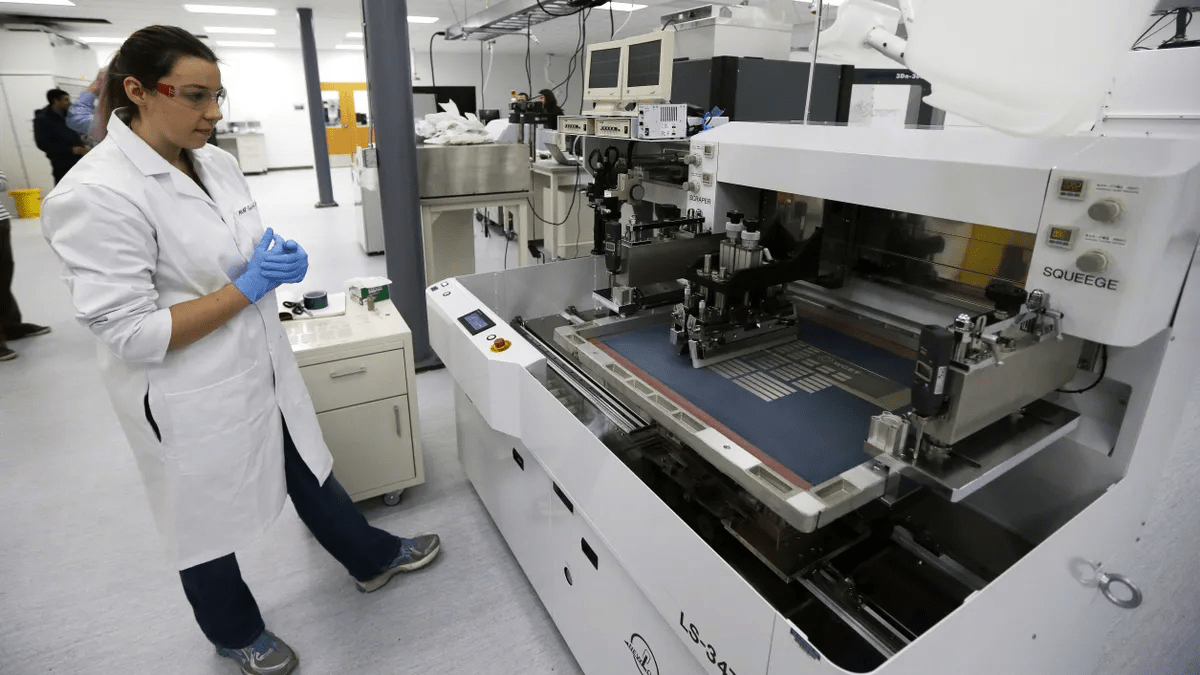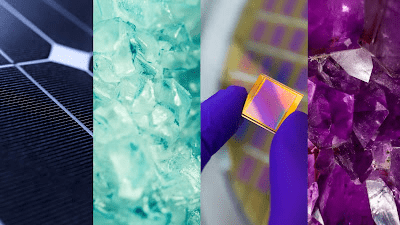In a groundbreaking development, Google’s DeepMind AI has achieved what can only be described as an astronomical leap in materials science. The Graph Networks for Materials Exploration (GNoME) deep learning tool has identified an astounding 2.2 million new inorganic crystals, with 380,000 deemed the most stable. This discovery marks an order-of-magnitude expansion in stable materials, unlocking an unprecedented treasure trove for researchers.
Traditionally, the process of discovering new materials with transformative potential has been slow and laborious, often hindered by the challenge of ensuring stability. Inorganic crystal materials may exhibit promise initially but could be rendered useless if they prove unstable over time.
GNoME, however, has revolutionized this process. By pre-filtering a list of 380,000 stable materials, researchers now have a focused starting point for experimental research. Already, 736 of these materials have been successfully synthesized in labs across the globe.

Among the discoveries are 52,000 new layered compounds akin to graphene, holding the potential to revolutionize electronics with the development of superconductors. Additionally, 528 potential lithium-ion conductors, 25 times more than previous studies, could enhance the performance of rechargeable batteries.
These groundbreaking findings aren’t confined to theoretical realms – DeepMind is making all GNoME’s discoveries and predictions available to the Next Gen Materials Project. Researchers are granted free access to the data, enabling them to explore and experiment with these newfound materials.

The impact of GNoME extends beyond mere discovery; the DeepMind team has collaborated with Berkeley Lab to unveil a robotic laboratory capable of autonomously synthesizing these materials. A published paper reveals the robotic lab’s success in synthesizing 41 new materials, underscoring the potential for an accelerated pace of technological development.
The duo of GNoME’s material discoveries and the autonomous lab’s capabilities represents a monumental stride forward. Researchers can now navigate a vast landscape of materials with reduced risk of dead ends, while the autonomous lab promises a swift translation of discoveries into tangible results. This convergence of artificial intelligence and materials science stands as a testament to the transformative power of technology, heralding a future marked by unprecedented advancements. The papers detailing these breakthroughs are open access in the journal Nature, inviting the global scientific community to join this revolutionary journey. Buckle up – the future is here!


